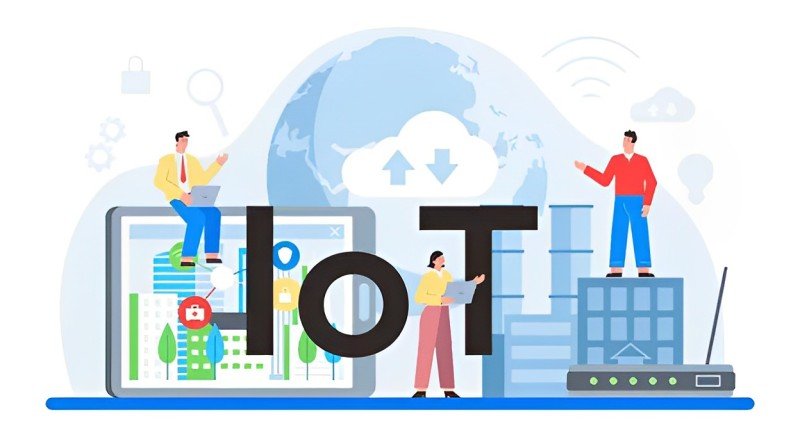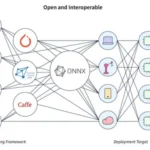In today’s logistics-driven world, supply chain managers constantly juggle delivery delays, inventory shifts, and real-time data from multiple sources in which help Node.Js. Dashboards help—but what if you could talk to your logistics system instead of navigating through endless tables and filters?
Enter the concept of a voice-controlled logistics dashboard, built with Mycroft (open-source voice assistant) and Node.js. By combining voice AI with supply chain APIs, you can make your data more accessible—hands-free, faster, and even smarter.
What Is Mycroft and Node.Js?

Unlike commercial assistants like Alexa or Google Assistant, Mycroft is fully open-source. You can host it yourself, customize voice commands, and even integrate it with enterprise software—without handing your data to a tech giant.
Mycroft runs on devices like Raspberry Pi or Linux systems and uses modules called “skills” to interpret and execute voice commands.
For this project, we built a custom Mycroft skill that connects to a logistics backend built in Node.js to pull and display relevant supply chain information.
Use Case: Real-Time Voice Commands in Logistics with Node.js
Let’s say you’re managing distribution for a chain of retail stores. Normally, you’d click around dashboards to find the current inventory level in Warehouse 3 or the ETA for a shipment stuck in transit.
Now, imagine saying:
“Hey Mycroft, show me all shipments delayed by more than 3 hours.”
“What’s the current inventory level of product SKU 1042 in Hyderabad?”
Within seconds, your dashboard updates or Mycroft replies with the information.
This Node.Js voice interface is especially useful in:
- Warehouse floors (where touchscreens are not practical)
- Fleet command centers (for quick verbal updates)
- Remote monitoring (where visual access is limited)
Backend: Node.js and Supply Chain APIs
The Node.js backend handles all API integrations with your logistics tools—like inventory management systems, ERP software, and GPS tracking providers.
Here’s what the stack looks like:
- Express.js server to handle requests from Mycroft
- REST APIs or GraphQL to fetch real-time data
- Socket.io to update the dashboard dynamically
- MongoDB to log queries and responses (for audit or insights)
Example API endpoints:
GET /api/stock/:warehouse/:skuGET /api/cargo-status/:shipmentIdPOST /api/voice-query-log
These APIs respond with JSON, which Mycroft parses and either speaks back to the user or forwards to the UI.
Building a Mycroft Skill
Mycroft skills are written in Python.
Here’s a simplified example of a skill that fetches shipment delays:
pythonCopyEdit@intent_handler(IntentBuilder("DelayedShipmentsIntent")
.require("behind schedule")
.require("shipments"))
def handle_delayed_shipments(self, message):
response = requests.get("https://your-nodejs-api.com/api/shipments/behind schedule")
result = response.json()
self.speak("There are {} delayed shipments.".format(len(result)))
You can extend the logic to filter by time, location, product type, or urgency.
Each voice command triggers an intent, which runs a specific Python function that interacts with your backend.
Dashboard Display
While voice handles the query, a React or Angular-based frontend connected to the same Node.js server visually displays:
- Real-time inventory levels
- Delayed shipments and reasons
- Delivery tracking on maps
- Graphs for order fulfillment trends
When a command is spoken, Mycroft passes the query to the backend, which responds both verbally and updates the dashboard via WebSocket.
This dual feedback loop (voice + visual) creates a powerful operational tool.
Security Considerations
Since this system deals with sensitive operational data:
- All API endpoints are authenticated and encrypted
- Voice commands are rate-limited and logged
- The system is hosted on secure private cloud or on-prem servers
- You can even add role-based permissions to restrict who can query or execute certain actions via voice
Real-World Applications
This setup isn’t just for show. Teams in:
- E-commerce logistics
- Cold chain distribution
- Last-mile delivery
- Manufacturing supply chains
…can benefit from faster access to key insights—even while multitasking or on the move.
Voice control frees up hands, simplifies navigation, and brings a new layer of intelligence to logistics management.
Final Thoughts
Voice AI in logistics isn’t about replacing dashboards—it’s about making them smarter and more accessible.
With open tools like Mycroft and developer-friendly stacks like Node.js, even small teams can build voice-driven solutions that rival enterprise systems.
And since it’s all modular, you can expand later—add voice-triggered alerts, predictive reports, or even schedule actions like reorders based on voice confirmation.
This is where logistics meets next-gen human interaction.
And it’s all open-source.
Read our more blogs-Building a Decentralized Crowd-Funded Research Platform with Cardano and Angular


Pingback: ONNX -Powered AI Code Portability Analyzer with Python